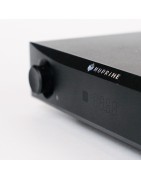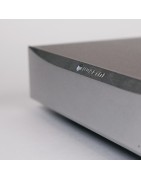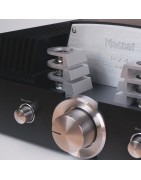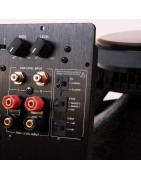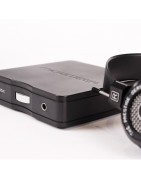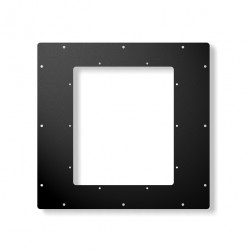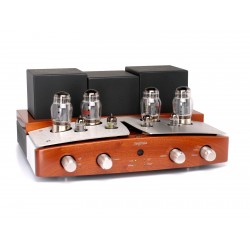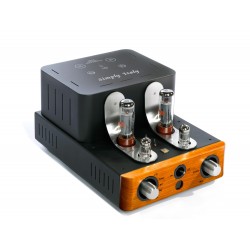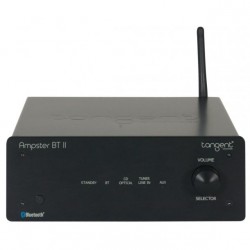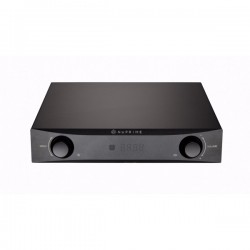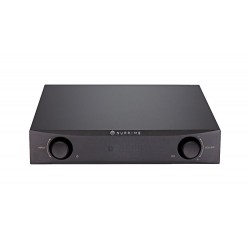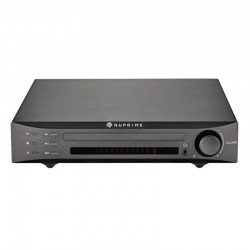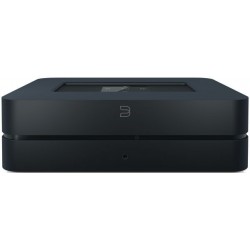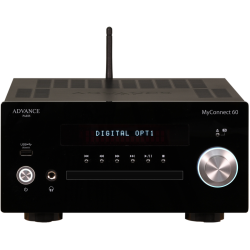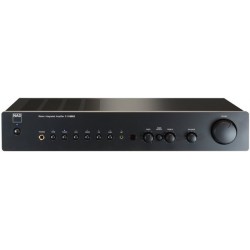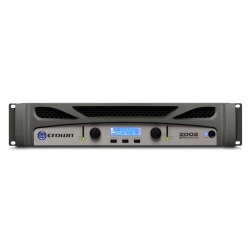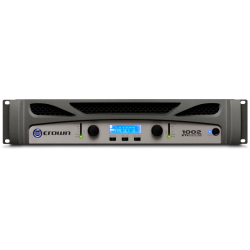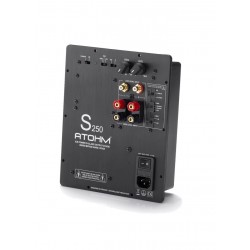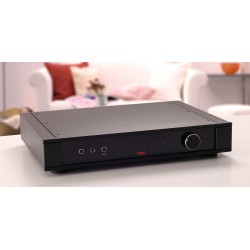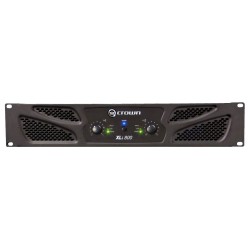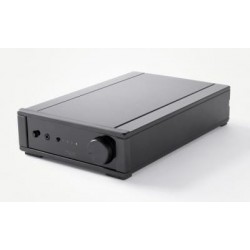La maison du haut-parleur
Amplifiers
The amplifier is a central part of your audio system. It amplifies the signal to give it the energy needed to move the speakers' membranes.
There are different designs, designs that you choose depending on your speakers and sources to get the most out of them.
The selection criteria other than financial ones will be multiple:
- Which class of amplification will best match my speakers: are we looking for musicality, dynamics, power, timbre, scale or something really analytical? Depending on this, we will know which class of amplification we lead and which amplification technology to favor (lamps, transistors).
- What are my requirements in terms of final rendering? We invite you here to make a listening in shop by bringing your speakers and your current amp
- What features am I looking for in addition to amplification? The possibilities are many: tuner, phono preamp, DAC, etc. It must be kept in mind that at equivalent price, a more minimalist amp is more likely to sound better because efforts and budget will be concentrated on the heart of the product: amplification and its power.
We most often indicate power under 8 ohms, for both channels powered (unless otherwise stated).
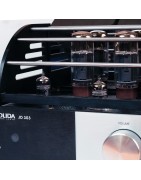
Subcategories
-
Pre-amplifiers
The role of the preamplifier is to adapt the source signal before it is amplified by the power stages. As the first stage of amplification, it is the key to a good signal-to-noise ratio. Indeed, the more a signal is weak in intensity, the more it is sensitive to interference. It is this point in particular that will make the difference between a good and a bad preamp.
That said, the goal of separating the main power stages and preamplification becomes explicit: to limit the interference between the high level and the low level.
In addition to that, some preamps will have a built-in DAC, a balance management, a frequency filter or a CD player. -
Power amplifiers
Power amplifiers do not have a preamplifier stage. Here we will not get lost in functionality because the purpose is to amplify the signal without modifying it. Separating power and preamplification will limit interference between the high level and the low level which is very sensitive to noise.
-
Encased amplifiers
The products in this section are amplifiers in the most general sense of the term. Key in hand, it can be directly connected between your source and your speakers. Some are more minimalist and therefore focus exclusively on their power and their stages of amplification and pre-amplification, while others will provide you with features that can be diverse. Do not hesitate to come and listen in store !
-
Subwoofer amplifiers
The basic principle is simple: a tweeter with a 25mm self and a titanium diaphragm does not need the same energy as a 38cm speaker specialized in bass and subwoofer reproduction. This observation can lead us to amplify separately the famous 38 in order to obtain the desired deflections and the expected final result: impacts and whole notes not truncated below 40Hz.
The second point is that, physically, if we want serious that down to 20 Hz with a dynamic worthy of the name, we need a box that becomes monstrous by its dimensions. The amps we selected here incorporate a compensation to correct the signal sent to the speakers. This allows us to reduce this volume without compromising the range of the bass and its naturalness. -
Headphone amplifiers
Many other amplifiers in our selection have a headphone output. You will find in this section only amplifiers really dedicated for this purpose.
We invite you to pay close attention to the compatibility of the impedance of your helmet with the chosen material.


